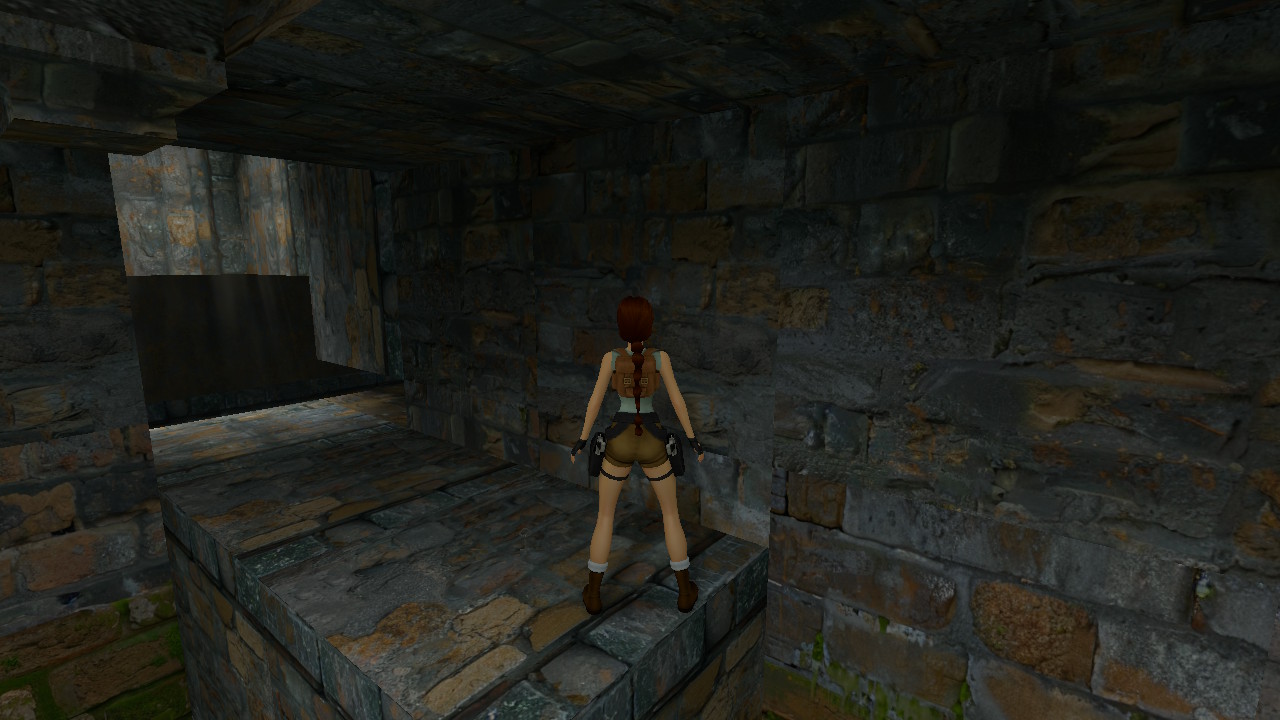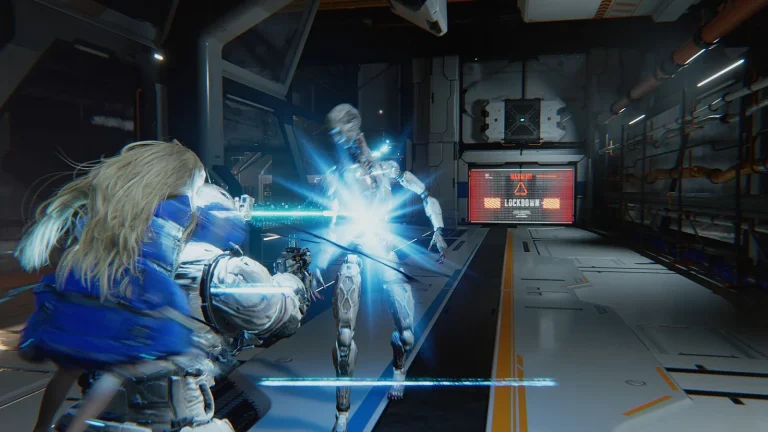Tomb Raider I-III Remastered Starring Lara Croft was released on February 14, breathing new life into Lara’s earliest adventures. Although the upscaled graphics now showcase the intrepid explorer and the environments she navigates in glorious detail, players are having difficulty obtaining an almost invisible Rusty Key item in Tomb Raider I.
As the title suggests, the compilation is a remaster of the first three Tomb Raider action-adventure games developed in the 1990s by the now-defunct Core Design. These three games made Lara Croft a household name and established her strong link with the PlayStation 1’s identity. The 2024 remasters were developed in co-operation with Crystal Dynamics, who took over the Tomb Raider IP after Core. The remaster includes each game’s expansion packs (which were previously Windows/Mac exclusive) and has a Metacritic score between 73 to 76. Reviewers generally appreciate the fresh coat of paint that was applied to these classics, although opinions are divided on whether keeping the more dated aspects of the original game design was a good idea or not.

However, an issue with the remaster’s new graphics and dynamic lighting has been widely discussed on X and Steam forums recently, leaving players struggling to finish Tomb Raider I’s “The Cistern” stage. The Cistern is a puzzle-like level that involves collecting Rusty Keys to open a series of doors. The player must strategically flood the cistern so they can climb to higher levels and collect all the keys. The Rusty Keys are, well, key items and it is impossible to complete the level if you don’t collect them.
Unfortunately, as shown in the tweet below, one of the silver Rusty Keys is particularly hard to see in the remaster- as it blends in with the gray stone floor.
In the original Tomb Raider I, the Rusty Key was a white colored 2D image, which made it stand out clearly in the game’s 3D environment. The 3D silver key in the remaster is much more realistic in terms of its size and color, meaning that it gets lost among the new detailed environments and shadow effects. In the remaster, you can switch between the new graphics and the original 1990s rendering with the touch of a button. This will probably help Tomb Raider veterans to find the hidden key, however newcomers playing the Tomb Raider I for the first time can easily get stuck groping around in seemingly empty parts of the stage.
The post about the key immediately went viral, with many users agreeing and recounting how they also struggled to find the illusive item. Others have joked that the item needs to be highlighted in yellow, which is a common yet controversial way that some games draw players’ attention to an object, as some players find this method to be too obvious and detrimental to immersion. However, even with a bright yellow filter applied, the key was still difficult to make out.
Players may not have to strain their eyes to spot the key for much longer. Aspyr announced on March 1 that they will be releasing an update patch for the game in the coming weeks. Although there’s no word as to whether this will deal with the “key” issue, the announcement states that they want to “ensure that the quality is meeting the needs and expectations of our community.” Considering the amount of attention this camouflaged key has generated, it will hopefully be addressed.
Tomb Raider I-III Remastered is out now on the following platforms: PC (Steam/Epic Games Store/GOG.com), Nintendo Switch, PS4, PS5, Xbox One and Xbox Series X|S.
Written by. Verity Townsend based on the original Japanese article (original article’s publication date: 2024-03-01 17:30 JST)






This is why Graphics are not as important as style. Imagine if the game was cell shaded and it had cartoonish colors than just dark. The game would be far easier to make out where the key is. Sadly it’s a common problem in the Western Industry to focus on graphics instead of everything else like Game Design and Art Direction. A lost art in the current landscape.